In Danish, My Mom Called This Rødkål
Growing up, red cabbage was a staple on our dinner table. My mom served it with almost every pork dish. Pork roasts, pork chops, and even leftover pork fried with potatoes and onions had red cabbage on the side. It didn’t matter what kind of pork it was; red cabbage always made an appearance.
Luckily, I enjoyed its sweet and tangy flavor. But looking back, I realize something surprising: I don’t remember my mom ever making it from scratch. It always came straight from a jar.
Where did those jars come from? I’m not entirely sure. The labels were in Danish, so I’ve always wondered if she picked them up during trips to Denmark. Maybe she found them at a Scandinavian shop nearby, though that seems unlikely. Or perhaps they were an American brand with a Danish-style recipe.
Regardless of their origin, those jars of red cabbage hold a special place in my memories. They connected us to our heritage and added a burst of flavor to our meals. When I make red cabbage today, I often think about those jars and how something so simple could be such an essential part of our family’s dinners.
Rødkål
Danish Red Cabbage Recipe
Ingredients
- ¼ cup duck fat
- 4 tablespoons butter
- 1 medium head cabbage
- 1 yellow onion
- ¾ cup red wine
- ½ cup superfine sugar
- ¼ cup red current jelly
- ¼ cup white vinegar
- 1 cinnamon stick
- 10 whole cloves
- 2 tablespoons apple grated, optional
- salt and pepper to taste
Instructions
- Remove the tough outer leaves from the cabbage, wash and core the head. Slice the head in half from top to bottom. Laying each half down on a cutting board, slice the cabbage in big thick slices or finely cut thin slices. Really depends on how you like your red cabbage.
- Preheat a large pan, big enough to hold all the cabbage, add duck fat or butter and when it’s good and hot, add the cabbage. Cook over medium to medium-high heat until the cabbage gets shiny but not browned.
- Add the onion, red wine, sugar, red currant jelly, vinegar, cinnamon stick, and cloves to the pan.
- Season with some salt and pepper. If you are using optional apples, now’s the time to add them.
- Cover the pot, lower the heat and simmer for approximately 2 hours until the cabbage is “dark purple and shiny.”
- Remove the onion, taste and adjust seasoning with salt and pepper and if needed, some additional sugar. You want it to be a little sweet, but not too much.

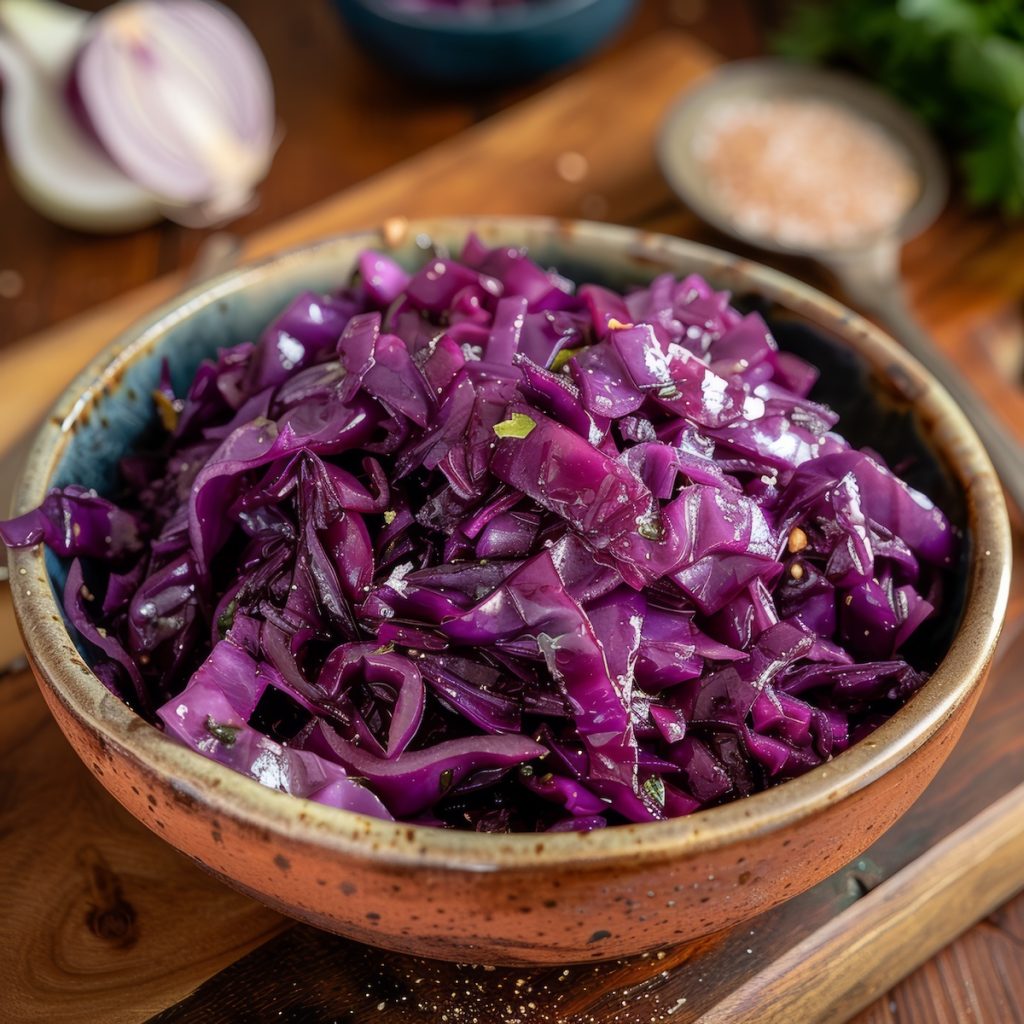
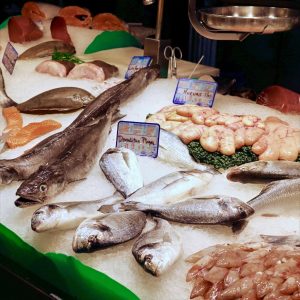
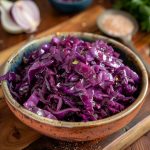
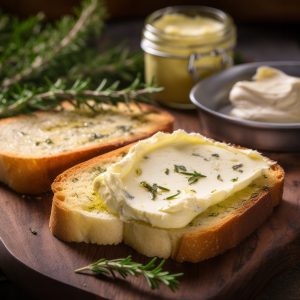
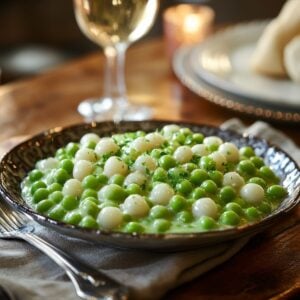
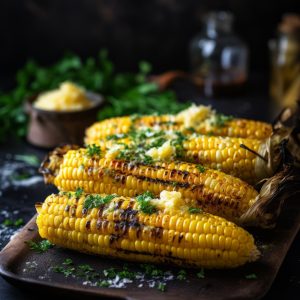
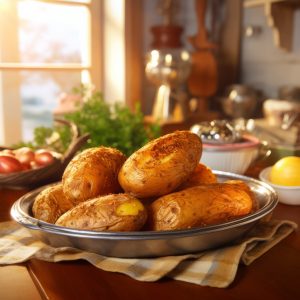
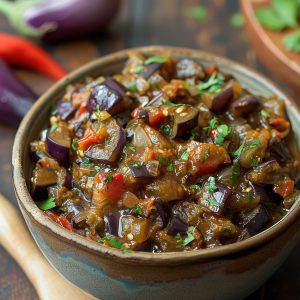
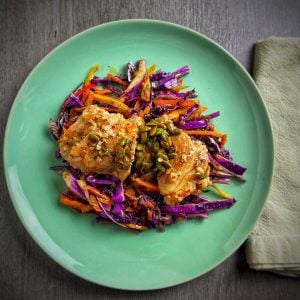
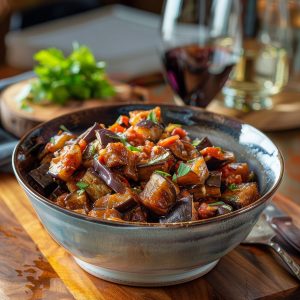
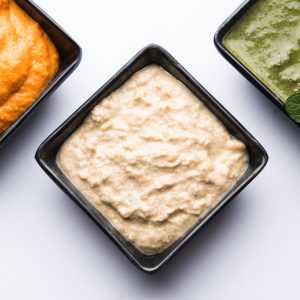


3 Responses
Thank You
This is by far the most traditional recipe I’ve seen, very much like my mother’s recipe! She is almost 90 and was telling me the steps, thank you for refreshing our memory. Have a wonderful New Year!
Great recipe